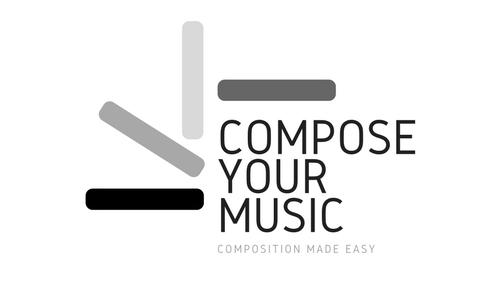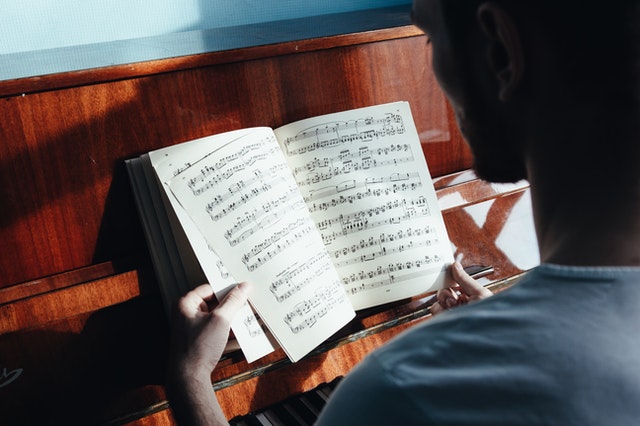What is a Canon? Differences with imitation
As music tutors, we know the answer very well, but I have heard these questions repeatedly from lots of my piano students.
Firstly, we have to make a difference between imitation and canon. They are related, but not the same thing.
We can define canon as Maestra Gisela Paterno does it in her article “The Canon: The Imitative Discourse in Polyphony“: When a melodic idea in one instrument or voice is imitated on a second voice that begins before the first has finished, we have a Canon.
So what is Imitation? it is the simplest way of structuring a musical discourse. This device began during the so-called Ars Nova by the hands of skilled composers such as Josquin Des Prez or Orlandus Lassus. What they found is a way of making some melodies more important than others just by repeating them so they could catch the attention of the listener.
Just this simple (at least on the surface) device made a huge difference in perception: this was the beginning of humanism in music, in which the listener was taken into account in the musical process. Before that, we had Medieval music, in which the music just had a constant flow, but it could be seen as a “permanent becoming” in which nothing would stay, and everything was ever-changing.
The canon has a structure in which you can imitate melodies through pitch, movement and duration.
If it is duration, you can replicate doubling the duration or making the notes half its value, for example
If the canon is by pitch, you can transpose it to any interval you want, for example, a fifth above, a third below the initial melody, etc.
Lastly, we have the canon by movement, which is the most difficult to perceive, because it “mirrors” the first melody (called “the dux”,) and the imitation goes to the opposite direction in the “comes” or imitated theme.

